In a page on Ramp Generators I found this peculiar circuit which is said to be superb in its linearity. But I can't make sense of it. It doesn't discuss any of the actual R and C values.
I can see that Q1 and Q2 are mutually exclusive in on and off state. If V_i or what that means is above ground it turns Q1 on which turns Q2 off. The graph of V_i appears to say it should be negative, below 0V, but I already don't get why that should have to be the case? 0 is 0, off is off. Why negative on the base of an NPN?
Now I can see how C discharges through Q2. But Such discharge would be rapid. So how can that make a gradual and linear falling ramp as in the diagram? I suppose to do that the R_B2 must be only slightly on so current through the base of Q2 must be much limited.
I have experimented with that a little in LTspice, but it was hit and miss. And the charging time was considerable. I couldn't make Rc small enough before the linearity would disappear. How do you tune this thing?
And then I found another article which was a bit more complicated and used 4 different voltages. And there too I could not find any suggestions on how to choose the resistor values and the formula showed values that weren't even in the schematics (i.e., 2 capacitors when there was only one).
How do you dimension these things? I understand they may be only about principles, but I was intrigued by the simplicity of the first circuit and I could almost get it to work, but not fast enough for the 60 Hz that I need it.



